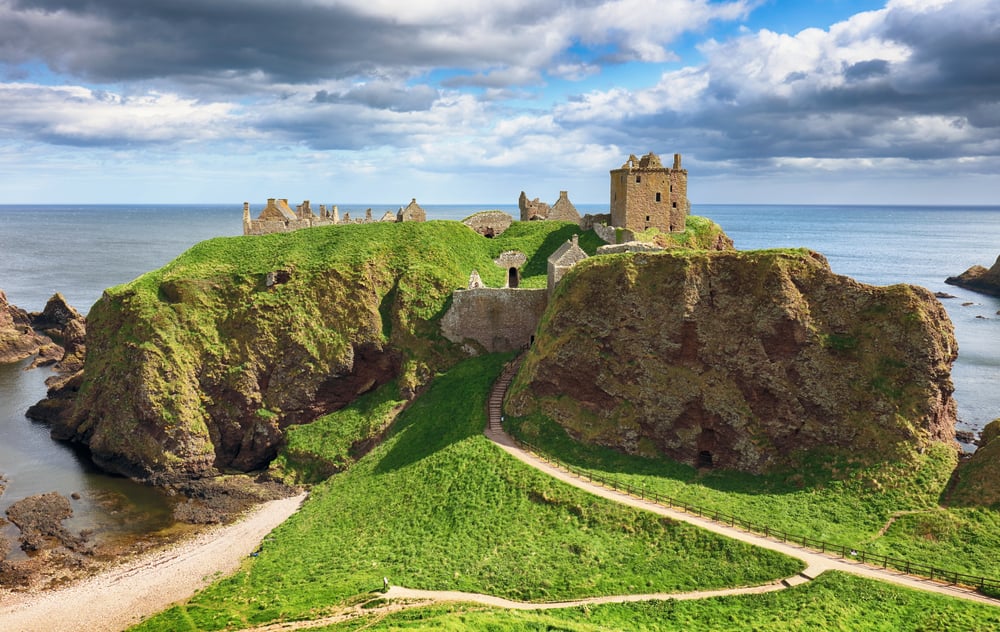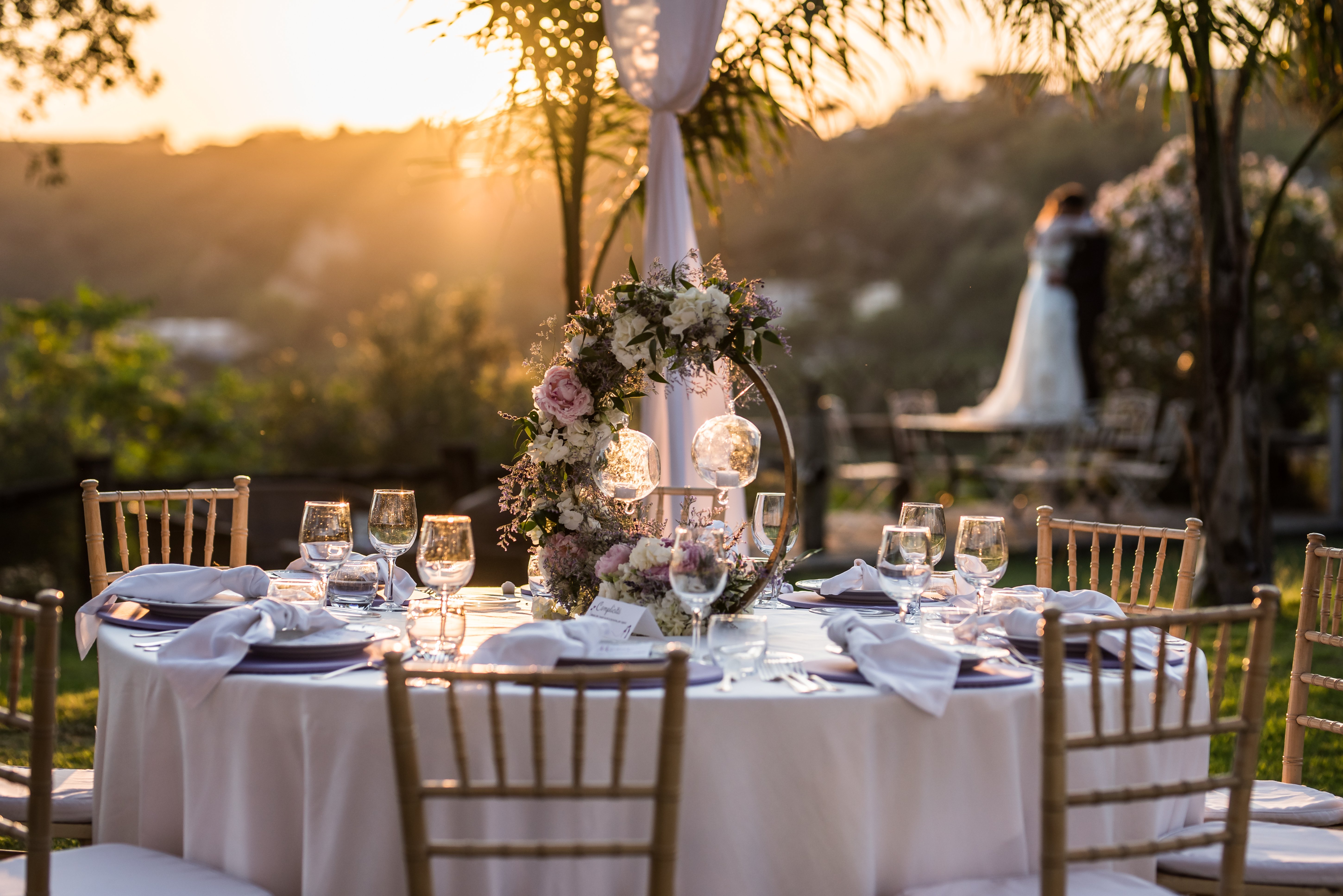The Rugged Beauty of Scotland’s Remote Islands
Finding locations that genuinely feel out of time is an increasingly difficult pursuit. As the 21st century progresses, there is a somewhat unstoppable march of modernity that hijacks landscapes, prioritising connectivity and function over the natural world. Although the benefits of this progress have huge value, it also draws our eyes away from the horizon and can disengage us from the ground beneath our feet, the sky above our heads and everything that is beautiful in between.
That’s why the remote islands of Scotland remain so attractive. They act as an immersive experience for the visitors that approach their shores, with misty seas giving way to rocky crags and whole new worlds of wildlife, all as far removed as possible from the noise of modern living.
Our guide to a collection of Scotland’s finest remote islands will have you ready to explore the unique peace and benefits they bring.

St Kilda
The archipelago of St Kilda was once home to a small community that lived by mastering the ancient skills of seabird hunting and crofting. This unique way of farming small plots to sustain individuals and families is specific to this part of the world and inextricably tied to the culture and identity of this wonderful place. In 1930, the remaining 36 inhabitants of St Kilda requested their own evacuation, leaving behind stone cottage homes that had sustained them for generations and creating a UNESCO World Heritage Site unlike anywhere else on our planet. Over a million seabirds, such as puffins and gannets, have made this their home on the cliffs of Hirta, the largest piece of land in the archipelago, rising 400 metres high.
Getting to St Kilda is a notoriously challenging affair too. The weather is so unpredictable that access is limited to the occasional boat or cruise from 50 miles away on the Isles of Harris or Skye. And even then, it is advised to book with an element of uncertainty that the ocean will allow the trip to go ahead. However, when you do arrive, the views are more than a commensurate reward as you wander through the deserted village and onto the ridge for the most stirring possible views of the Atlantic.
Foula
Foula is another fine example of how communities on the Scottish islands were successfully built using the crofting method for sustainability and collective responsibility. It is around 5 square miles of sheer cliffs and low-lying coastal strips that are the home to tiny settlements, making it one of the most remote inhabited islands in all of the United Kingdom. While records vary, it is thought that the total population is currently made of around 30 people who call Foula their home. And with evidence suggesting that there has been human activity here since the Neolithic age, there is certainly lots to see for keen amateur archaeologists and geologists. The standing stones and sea stacks make for dramatic and compelling hikes out towards the coast and peaks such as The Sneug at 418m – definitely not for the faint-hearted.
The name Foula derives from the Old Norse meaning Bird Island and with bonxies, puffins, kittiwakes, fulmars and guillemots taking residence in the skies, cliffs and moorlands, it is easy to see why. A 1970s airstrip allows access to Foula with a brief 15-minute flight from the Shetlands, that makes day trips an option to explore. There are also a strictly limited number of self-catering cottages available too, if the solitude and scenery are calling you for an overnight stay.
Jura
The long, narrow mountainous terrain of Jura occupies 142 square miles of the Inner Hebrides. This is a wild, remote landscape that feels untamed and unexplored, where one is more likely to encounter deer than people while spending time here. Stunning chambered cairns and Iron Age forts tell stories of settlements that go all the way back to the Mesolithic era, with centuries of Gaelic history guiding visitors through every step across the beaches and onto the bothies.
Three huge peaks known as the Paps of Jura dominate the skyline, inviting seasoned hikers to accept the challenge for the most incredible views of this famous seascape. The famous Isle of Jura whisky distillery is a hot spot for lovers of that excellent wee dram, and with regular ferry crossings via nearby Islay, this place remains remote while offering rapid access across the narrow sound that separates the islands. It is safe to say that Jura feels like another world entirely, one that can occasionally feel menacing and fraught with danger, while simultaneously demonstrating a quiet peace along its gentler coastlines. The writer George Orwell made this place his home whilst writing his classic novel 1984, and you can still visit the Barnhill farmhouse where every page was penned. It is impossible not to consider that this scenery informed and shaped the story he told, with an unpredictable but compelling energy heavy in the air of this spectacular island.
Skye
Skye is the largest of the Inner Hebrides and the most accessible destination in our guide. As perhaps the most famous island that Scotland has to offer, it can be reached by car or coach via the Skye Bridge at Kyle of Lochalsh. Although well connected, there is always the more romantic option of taking the seasonal ferry from Glenelg to Kylerhea as a way of leaving the modern mainland behind you.
The history of Skye is intertwined with the MacLeod and MacDonald clans of Scotland, who were responsible for so much of the built environment here, including the incredible Dunvegan Castle that has stood on Skye for over 800 years. As the song goes, it was even a MacDonald family member that helped Bonnie Prince Charlie escape ‘Over the sea to Skye’ as remembered in the Scottish Folk classic. 1300 residents live and work on Skye and as a result, the facilities are much more developed. One fantastic consequence of this is Skye’s emergence as a culinary destination with the scenery offering a perfect starter. Celebrated restaurants such as The Three Chimneys and Kinloch Lodge are a great way to gently enjoy remote living in style, perfect for a meal after a day hiking through the impressive Cuillin Mountains. And, of course, the Talisker Distillery on Skye has become somewhat of a pilgrimage for those interested in everything whisky without the ‘e’.
Spending time on any of Scotland’s remote islands encourages reflection. It is difficult not to feel moved by a stark contrast to the way so many of us live in 2025 and it presents an opportunity to witness the natural world in all of its wonder. The sea, the sky, the mountains and the stories are a genuine feast to be enjoyed slowly, at a pace that suits the proper respect and appreciation.



